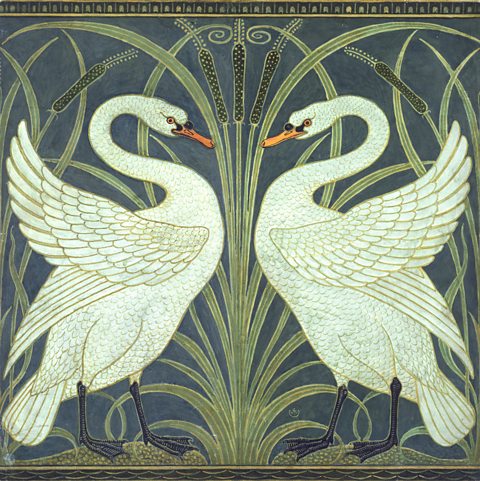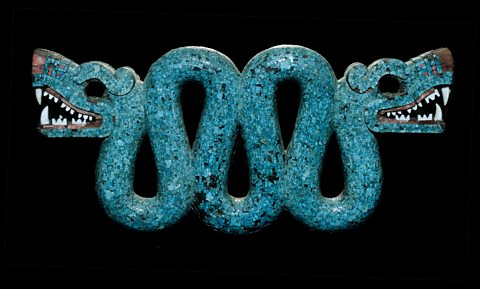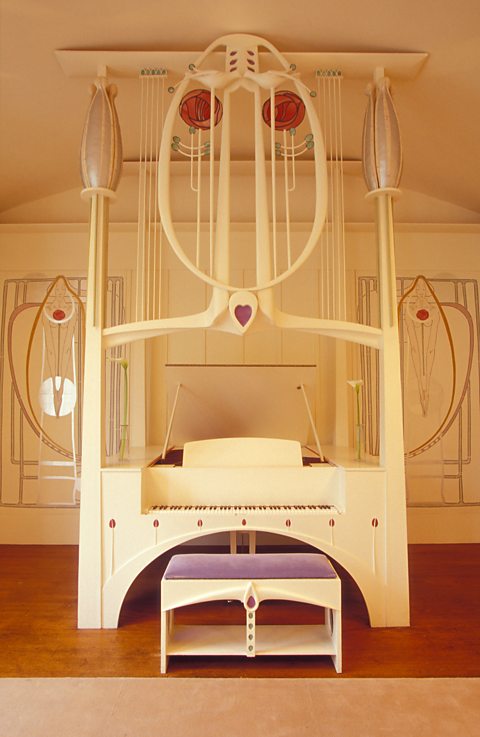Symmetry
Bilateral symmetry is where an image, object or design is mirrored equally through a vertical line.

Ancient buildings such as the Parthenon in Athens are early examples of the use of bilateral symmetry. The visual weight is perfectly balanced.
The actual weight of the structure is also balanced and the building is physically very stable.
Buildings with bilateral symmetry can seem very solid and permanent. They can also appear grand and formal.


The Capitol Building in Washington was designed using elements of classical architecture such as columns and a dome.
Its perfect symmetry gives it a sense of grandness and formality. This creates a strong signal about the power and status of government.

The downside to symmetry is that it can be seen to lack variety. It can seem boring unless the design is made to be more visually interesting. This can be achieved by the inclusion of more complicated features and details. The examples above do this through the use of windows, columns and different patterns.

Symmetry is often used in wallpaper and fabric patterns where it can help create a regular repeating pattern.
Swan, Rush and Iris (Walter Crane, 1875) is a wallpaper design in which the image of the two swans and the plants behind them has been vertically mirrored. This creates perfect balance.
The level of detail contained within the design keeps the viewer's interest.


This AztecRelating to groups of people from what is now north west Mexico and to the empire they ruled between the 14th and 16th centuries. percoral ornament (c.1400 ÔÇô 1521) would have been worn during ceremonies or important occasions. The double-headed snake is perfectly symmetrical. This fits well with the central position it would have hung in on the wearerÔÇÖs chest.
Variety is added through the textured mosaicA picture or image created using small pieces of stone, tile or other materials placed together. used to represent the snakeÔÇÖs scaly body.


This piano is based on a Charles Rennie Mackintosh design for his House for an Art Lover (1901).
The design is perfectly symmetrical and helps create a line of symmetry around its central position at one end of a music room.
Visual interest is added through the detail of the curving, floral shapes that stretch up above the piano keyboard itself.


Horizontal symmetry can also create a sense of visual balance. In this photograph, the composition of mountains and trees is perfectly reflected in the surface of the lake.
The horizontal mirroring creates a strong sense of balance, calm and tranquillity.
